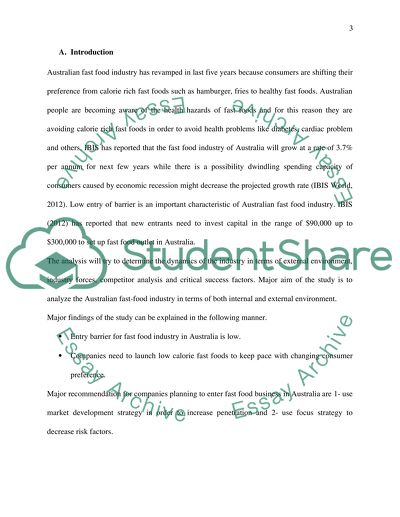Cite this document
(“Australia Fast Food Industry Analysis (Hungry Jack) Essay”, n.d.)
Australia Fast Food Industry Analysis (Hungry Jack) Essay. Retrieved from https://studentshare.org/marketing/1403554-australia-fast-food-industry-analysis-hungry-jack
Australia Fast Food Industry Analysis (Hungry Jack) Essay. Retrieved from https://studentshare.org/marketing/1403554-australia-fast-food-industry-analysis-hungry-jack
(Australia Fast Food Industry Analysis (Hungry Jack) Essay)
Australia Fast Food Industry Analysis (Hungry Jack) Essay. https://studentshare.org/marketing/1403554-australia-fast-food-industry-analysis-hungry-jack.
Australia Fast Food Industry Analysis (Hungry Jack) Essay. https://studentshare.org/marketing/1403554-australia-fast-food-industry-analysis-hungry-jack.
“Australia Fast Food Industry Analysis (Hungry Jack) Essay”, n.d. https://studentshare.org/marketing/1403554-australia-fast-food-industry-analysis-hungry-jack.


